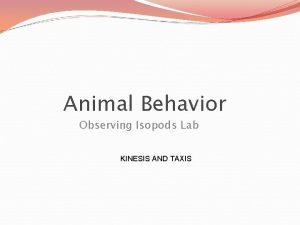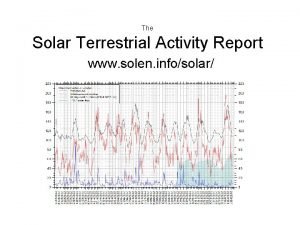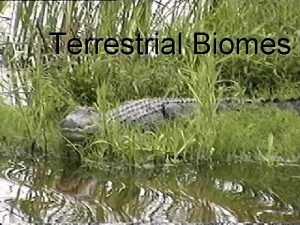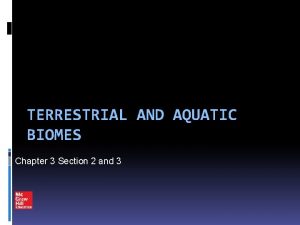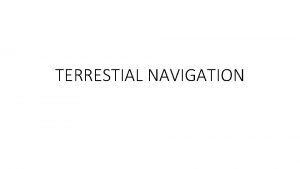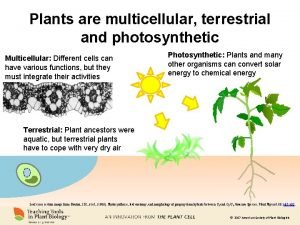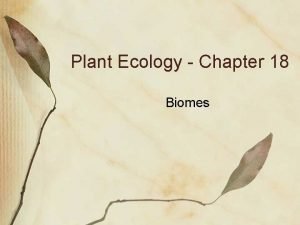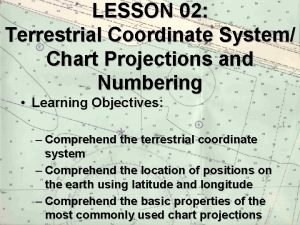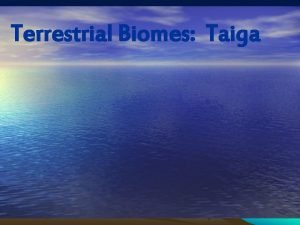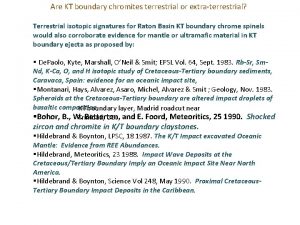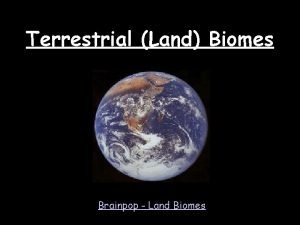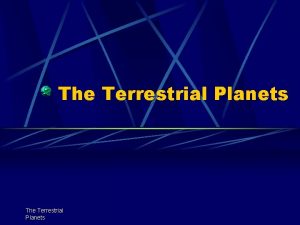Isopods AKA Rollypollies Natural History of Terrestrial Isopods












- Slides: 12

Isopods AKA: Rolly-pollies

Natural History of Terrestrial Isopods Classification Kingdom: Animalia Phylum: Arthropoda Subphylum: Crustacea Class: Malacostraca Order: Isopoda

Isopods are common inhabitants of nearly all environments. There are nearly 10, 000 species. They are unusual among the Crustacea for their abilities to live in so many different habitats.

Variations in Isopods The Isopoda include approximatly 10, 000 described species, in 10 suborders. These animals range in length from 0. 5 mm to 500 mm (Bathynomus giganteus). (19. 68 inches!) Giant Isopod

Giant Isopods of the deep Atlantic Ocean Scientists suggest that deep-sea gigantism could be a response to the pressure , lack of food (so delayed maturity), or temperature regulation. Giant Isopods grow to an average of 14 -19”. They are an example of deepsea gigantism— certain organisms grow to a much larger size than their shallow ocean cousins. Ex: Giant Squid (up to 14 meters— 46’)

Diversity of Isopods Parasitic Isopod Sowbug Pillbug Tongue-eating Isopod

Body Structure of Isopods

Morphology (appearance) �Three body parts: head, thorax, abdomen �One prominent pair of antennae (one inconspicuous pair) �Simple eyes �Seven pairs of legs �Seven separate segments on thorax �Paired appendages at end of abdomen called uropods

Isopods are Crustaceans—related to shrimp, crabs and crayfish �Like all crustaceans, isopods have a segmented outer shell that provides a measure of protection from the environment and predators. �Like their aquatic relatives, isopods get oxygen through gill-like structures located at the bases of their legs. Thus, terrestrial isopods must live in a moist environment.

Feeding Isopod feeding habits are extremely diverse. They may be parasites, carnivores, herbivores, and detritivores. The isopods we will be studying are detritivores. Nerocila acuminata is a parasitic isopod that attaches to the skin of a variety of marine fishes.

Isopod Development Isopod embryos undergo direct development within the female brood pouch (marsupium), from which they emerge as juveniles, known as manca. Isopod Juveniles

Evolution of Isopods apparently evolved in shallow marine environments by at least the early or mid-Paleozoic. The earliest fossil records of isopods are phreatoicids dating from the Pennsylvanian (the Carboniferous Period of the Paleozoic Era), 300 million year ago.
 Taxis in animals
Taxis in animals Terrestrial planets surface
Terrestrial planets surface Sterlide
Sterlide What are the inner and outer planets
What are the inner and outer planets My very excited mother just served us nachos
My very excited mother just served us nachos Example of terrestrial biome
Example of terrestrial biome Chapter 3 section 2 terrestrial biomes
Chapter 3 section 2 terrestrial biomes Terrestrial navigation example
Terrestrial navigation example Terrestrial soil
Terrestrial soil Photosynthetic multicellular and terrestrial kingdom
Photosynthetic multicellular and terrestrial kingdom Taiga climatograph
Taiga climatograph Inner planets and outer planets
Inner planets and outer planets Terrestrial coordinate system
Terrestrial coordinate system
